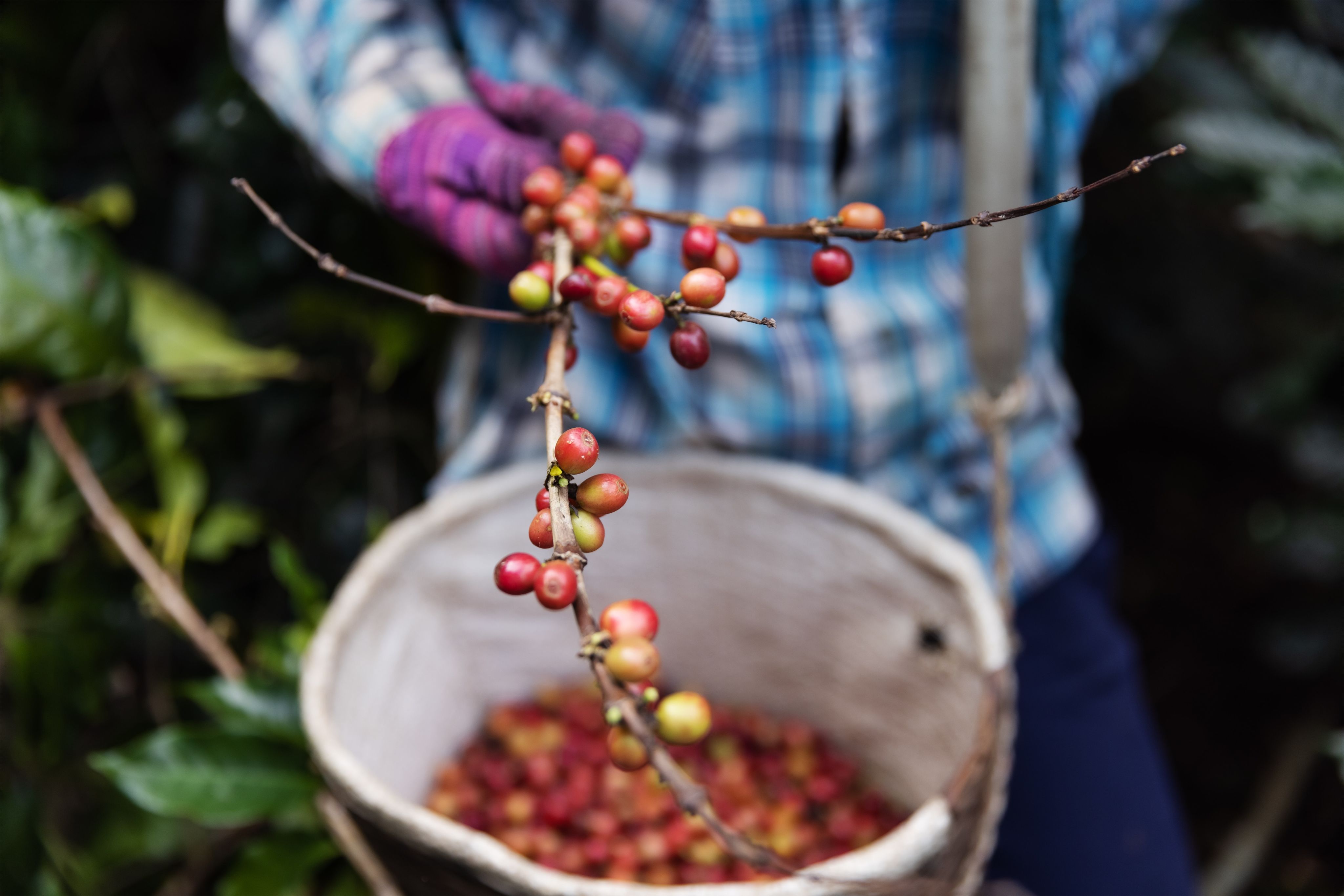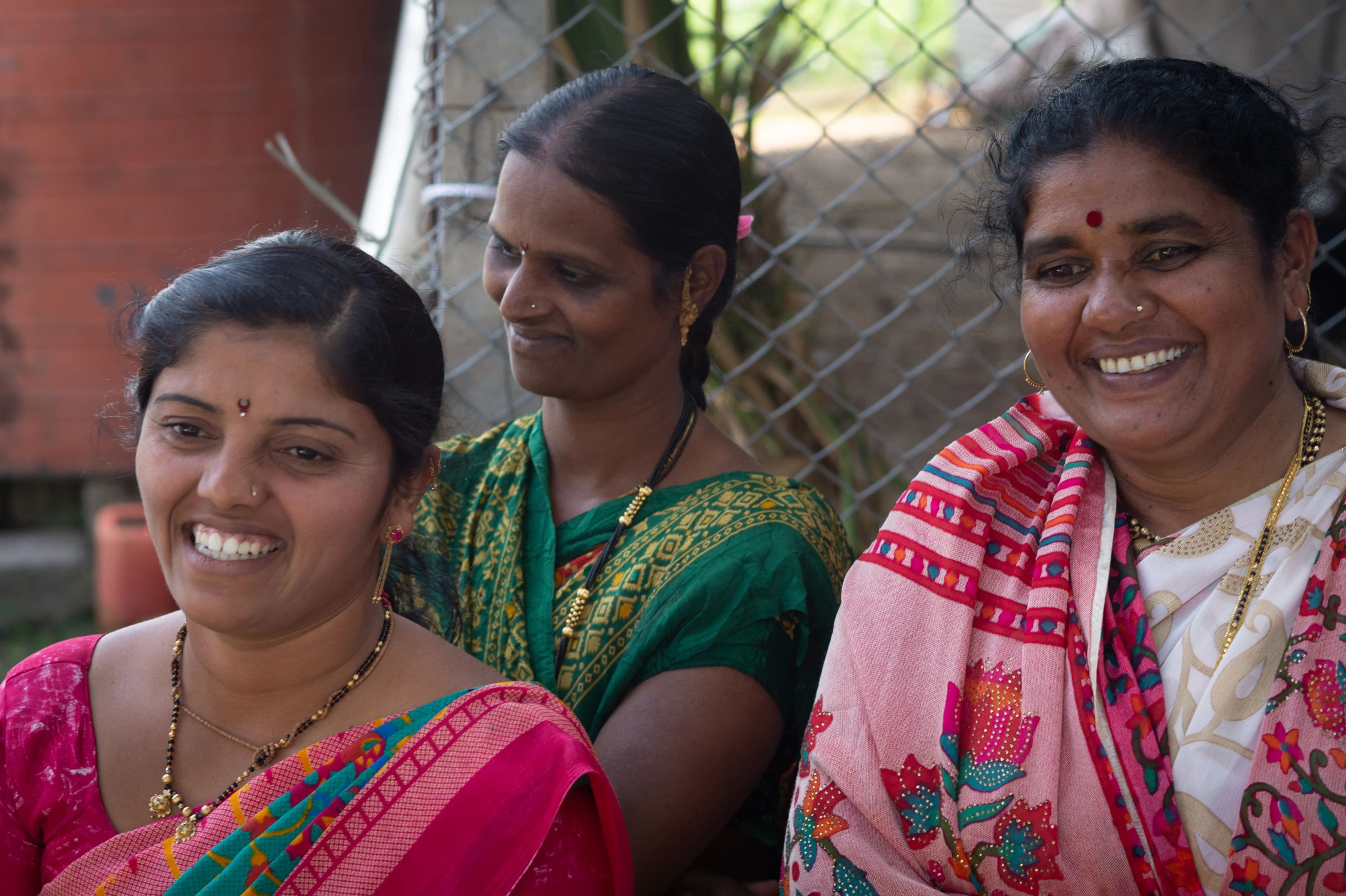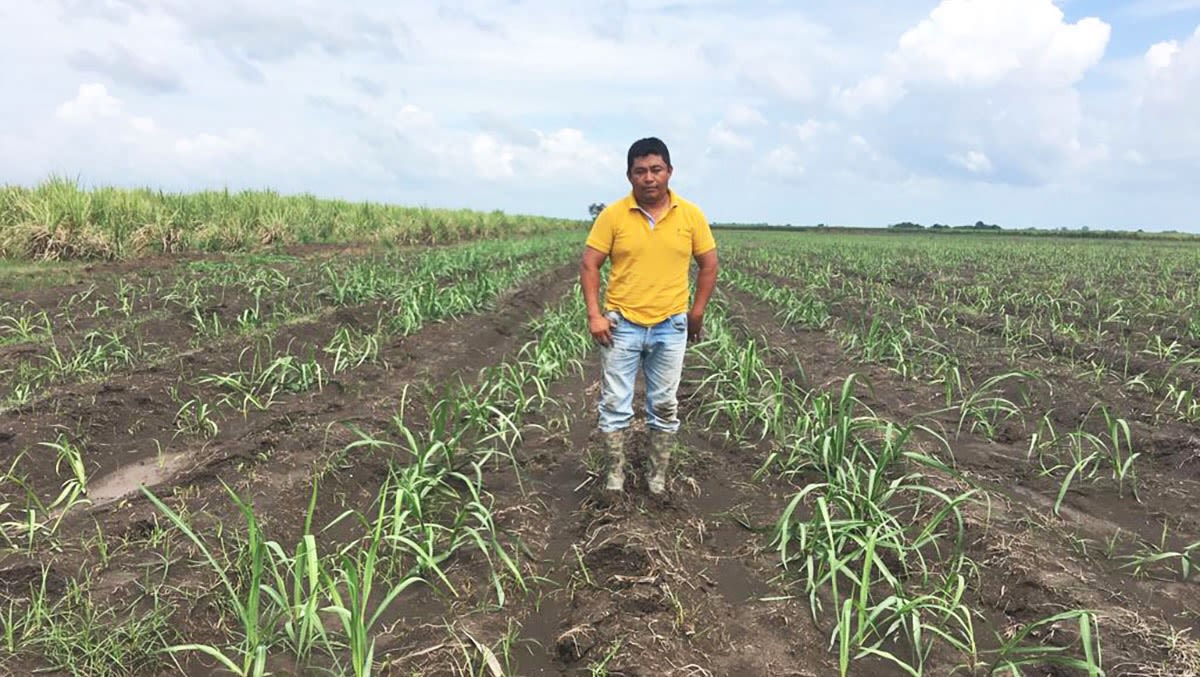SMALL FARMER ATLAS
SUGARCANE
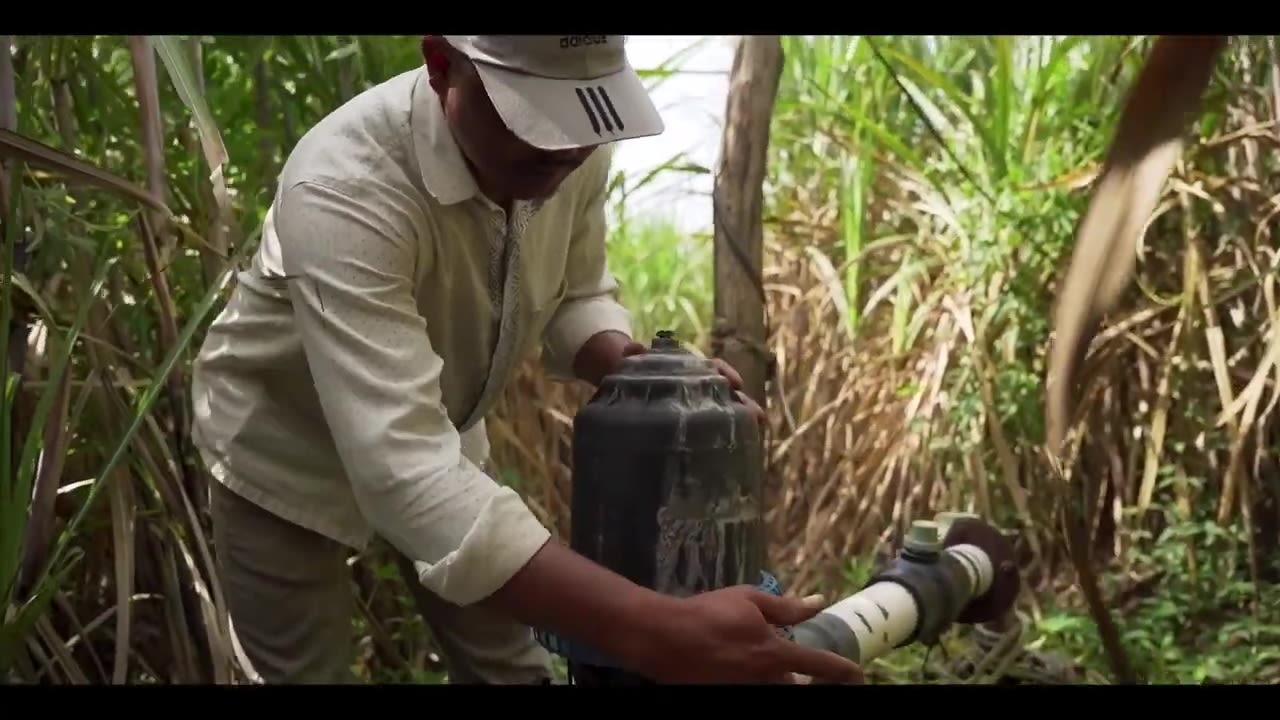
More than 85% of the world’s sugar is derived from sugarcane, which grows best in tropical climates. Sugarcane is mainly grown by small-scale farmers in more than 100 countries, with a wide variety of land holdings. Production models vary from highly mechanized larger producers in Latin America, to smallholders in India and many other developing countries. Overall, small-scale sugarcane farmers face important challenges, like climate change and limited access to technological development, and exert little influence in the global commodity market where most sugar is traded.
The Small Farmer Atlas explores the perceptions of small-scale farmers on a wide range of sustainability topics centered on three themes: prosperity, inclusivity and balance with nature. Small-scale sugarcane farmers from Brazil, India and Mexico are included in this report.
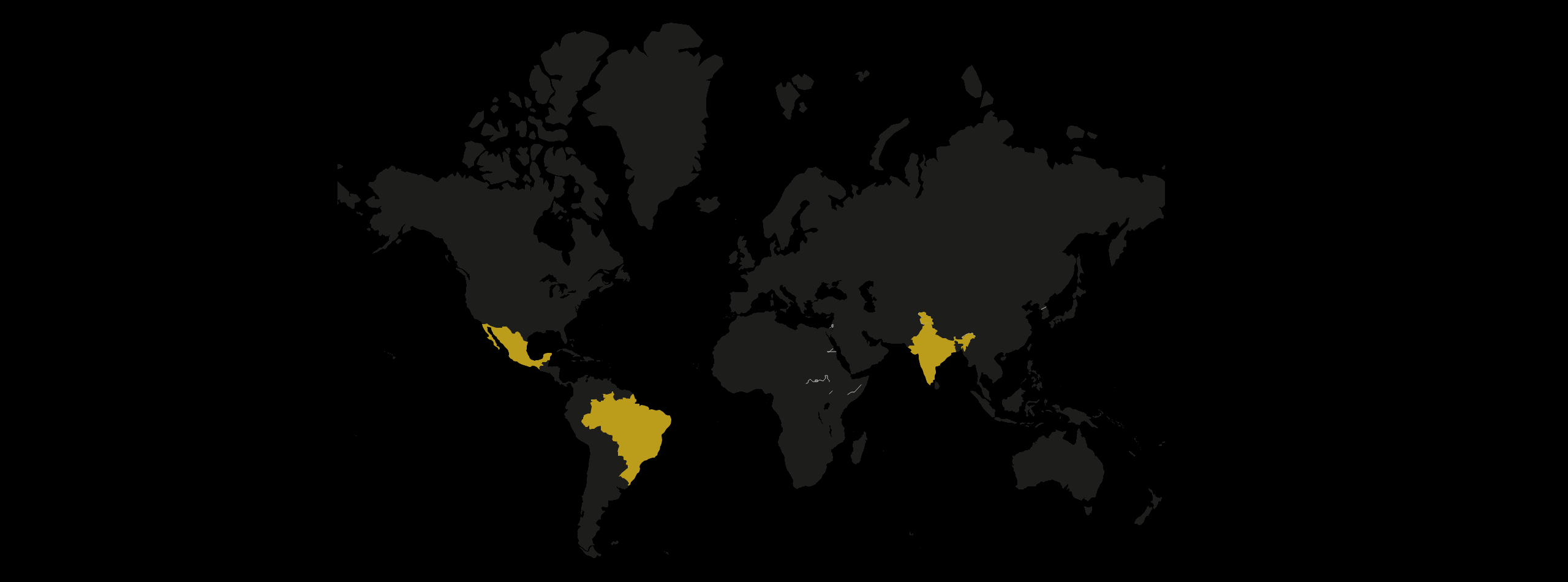
SMALL FARMER ATLAS
PERCEPTIONS ON SUGAR

In the sugarcane producing countries of our research (Brazil, India and Mexico), national policies supporting the sugar industry, including production quotas, guaranteed prices and subsidies, play an important role in the market price of sugarcane. Yet even for that supportive environment, many small-scale farmers deal with low incomes, mainly caused by the lack of negotiating power in a captive market, where large numbers of farmers are dependent on a small number of buyers.
Production in balance with nature is the most urgent issue for farmers who scored negatively overall on our questions. The increasing effects of climate change and the frequency of droughts are taking a toll on this water-intensive crop in many parts of the world.
PROSPERITY
Though Brazil is marginally positive on prosperity questions, it’s a different story in India and Mexico where farmers generally lack the resources to sustain household needs and farm activities.
INCLUSIVITY
Across all three countries, women’s participation lagged far behind men, and women tend to have a more negative view of access to services, inputs and market information.
NATURE
Among farmers responding positively on prosperity, 93% responded negatively to questions on balance with nature. The increasing impacts of climate change has a tremendous impact on this water-intensive crop.
SMALL FARMER ATLAS
SUPPLY CHAIN

The sugar sector is a complex value chain that supports a large number of other industries. The total value generated in the cane sugar supply chain is estimated at 304 billion dollars (US). Although the values and profits generated by small-scale farmers look positive on a balance sheet, they need to be divided by millions, which explains why many sugarcane farmers are unable to sustain their livelihoods.
The greatest value is added during processing and marketing activities, capital-intensive activities that are outside the reach of small-scale producers. The highest proportion of value from cane sugar goes to fast-moving consumer goods companies. Their share of gross profit and operating profit is around 50%. These high percentages are due to the strong pricing-up power by companies like Coca Cola, Nestlé and Unilever.
Low- and middle-income countries currently account for approximately three-quarters of all sugar consumption. These countries are expected to lead the future market growth of the sector with increasing consumption of processed products and soft drinks. In contrast, demand is expected to stagnate in the markets of the global North due to health concerns related to sugar consumption, such as obesity and diabetes.
SMALL FARMER ATLAS
3 QUESTIONS

Farmers in Brazil, the largest producer of sugarcane, benefit from a favorable policy environment, which is reflected in their overall positive perceptions.
Though the government of India is protective of its sugar sector, unfavorable weather patterns reduced productivity in the 2019/20 season. Concerns around soil quality are high.
Farmers in Mexico are largely neutral on inclusivity topics, like government and technical support, but a historic drought led to a significantly reduced harvest in 2019/20 and impacts of climate change are top of mind for many.
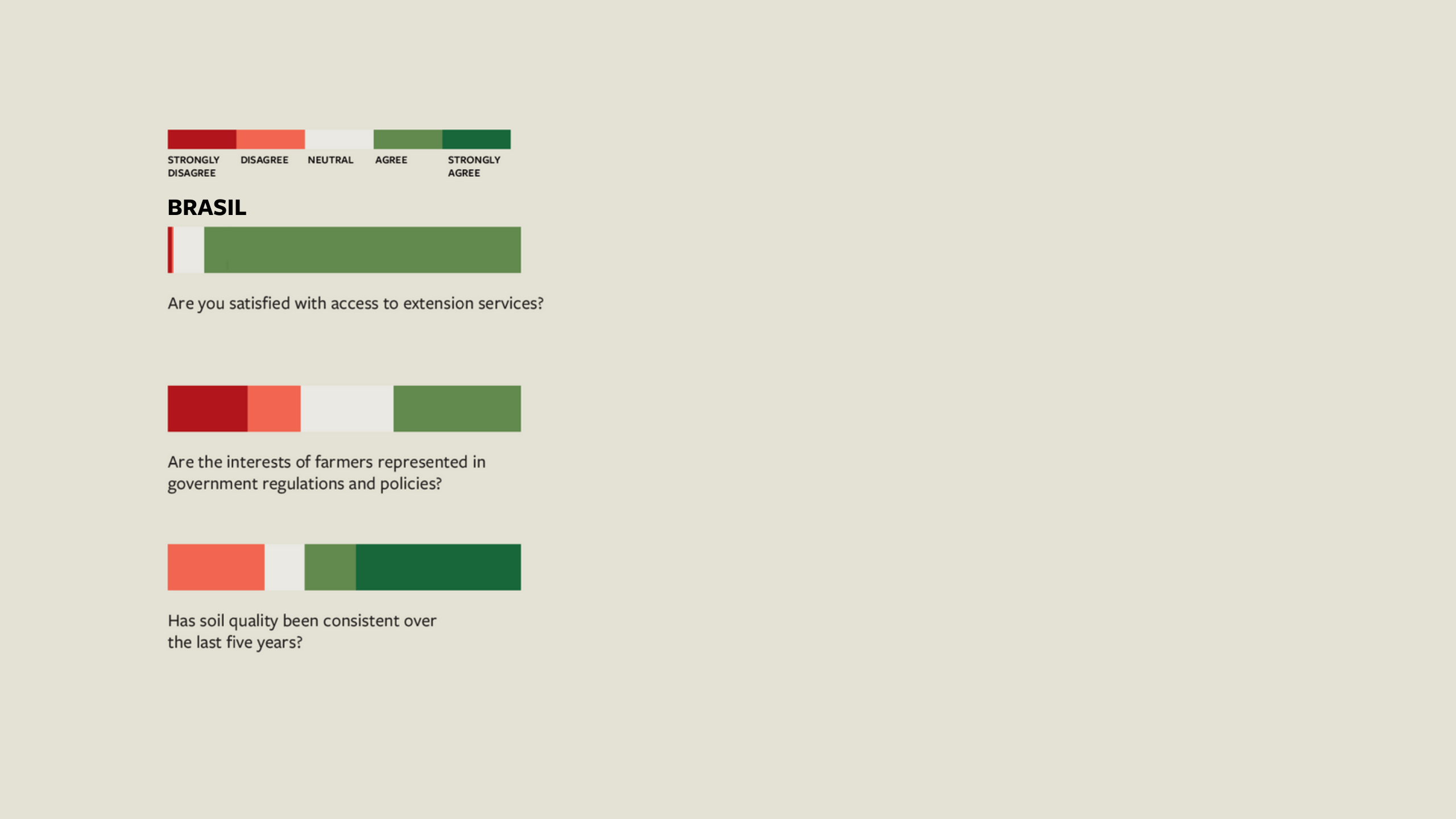
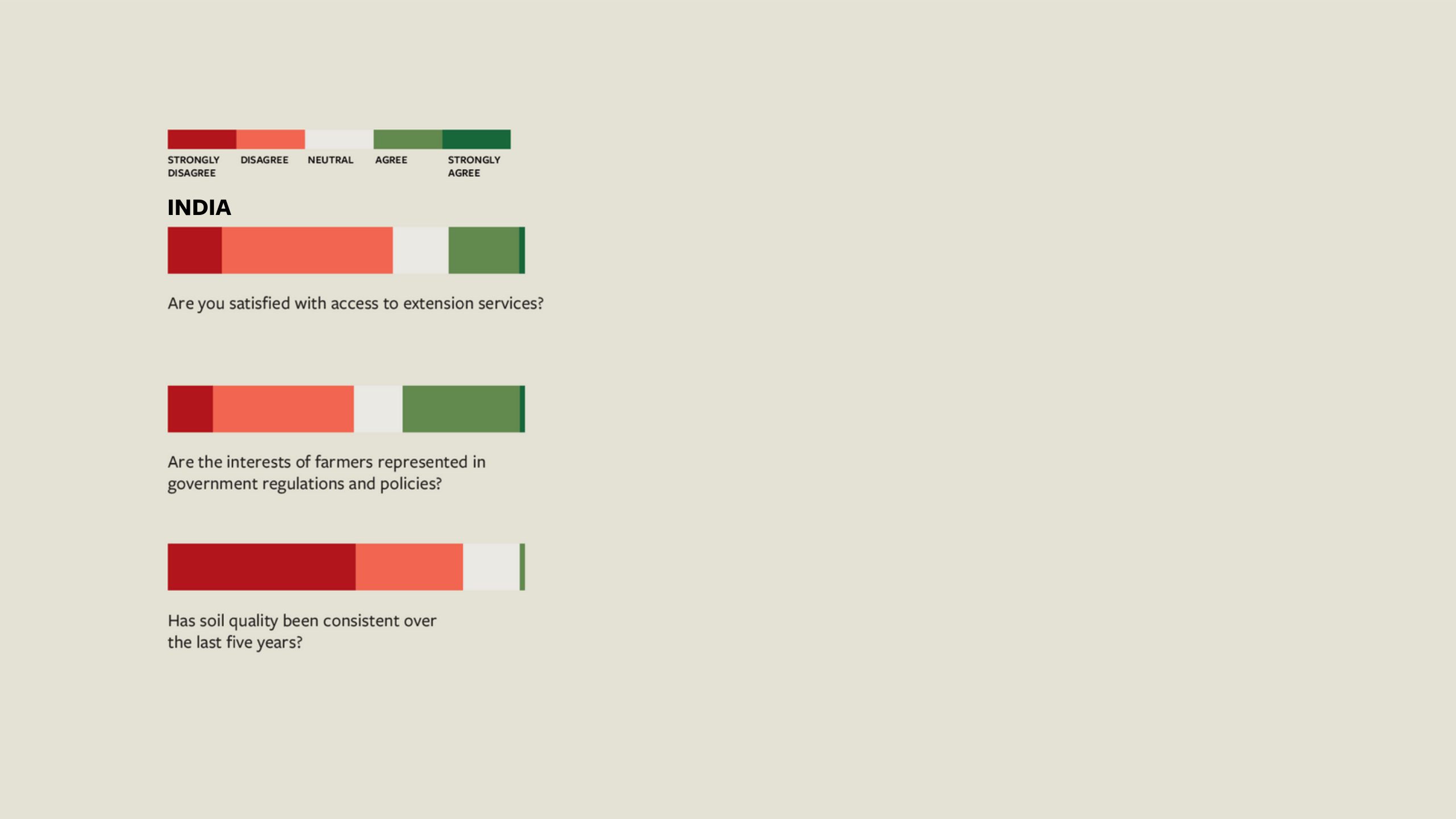
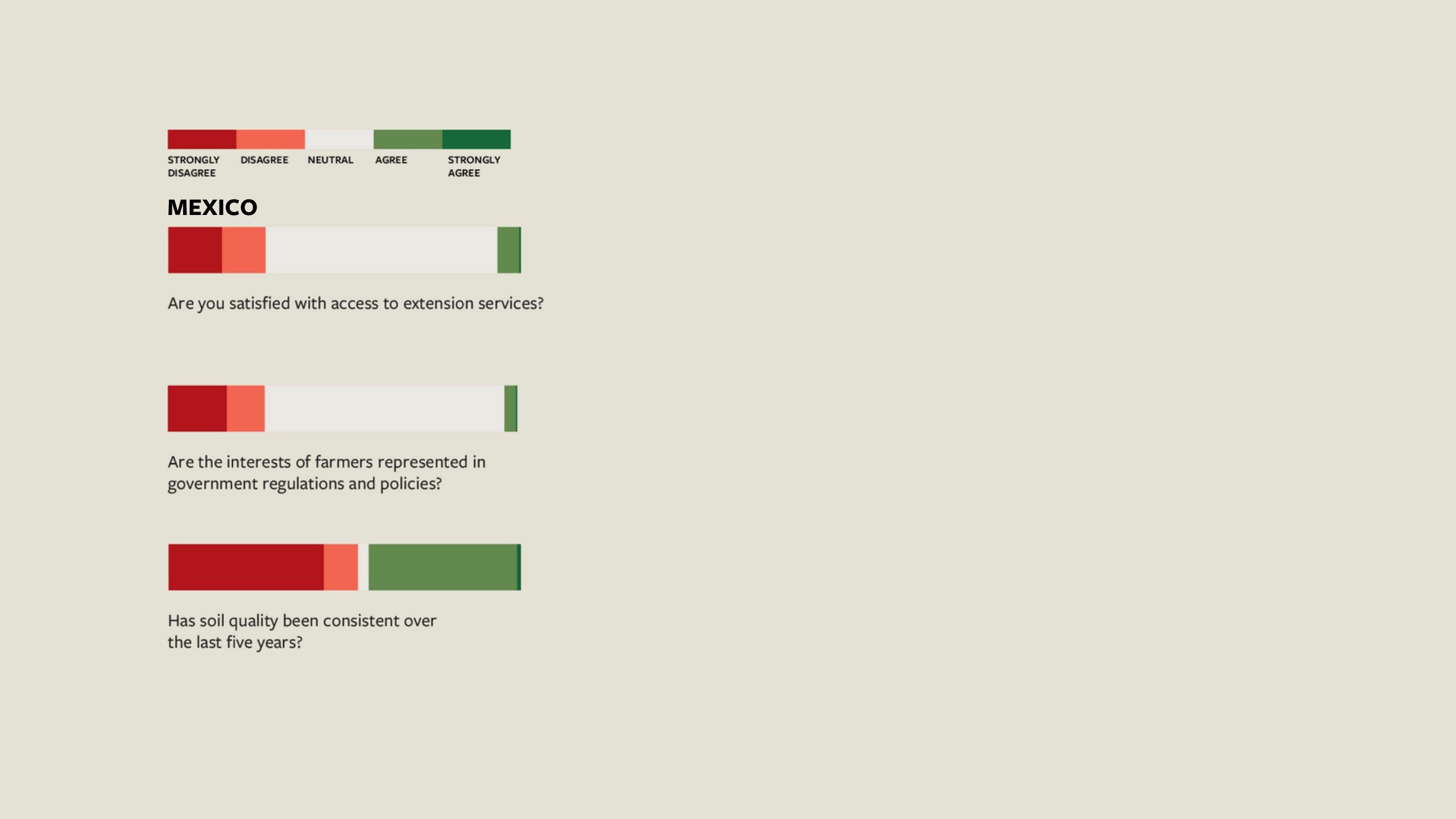
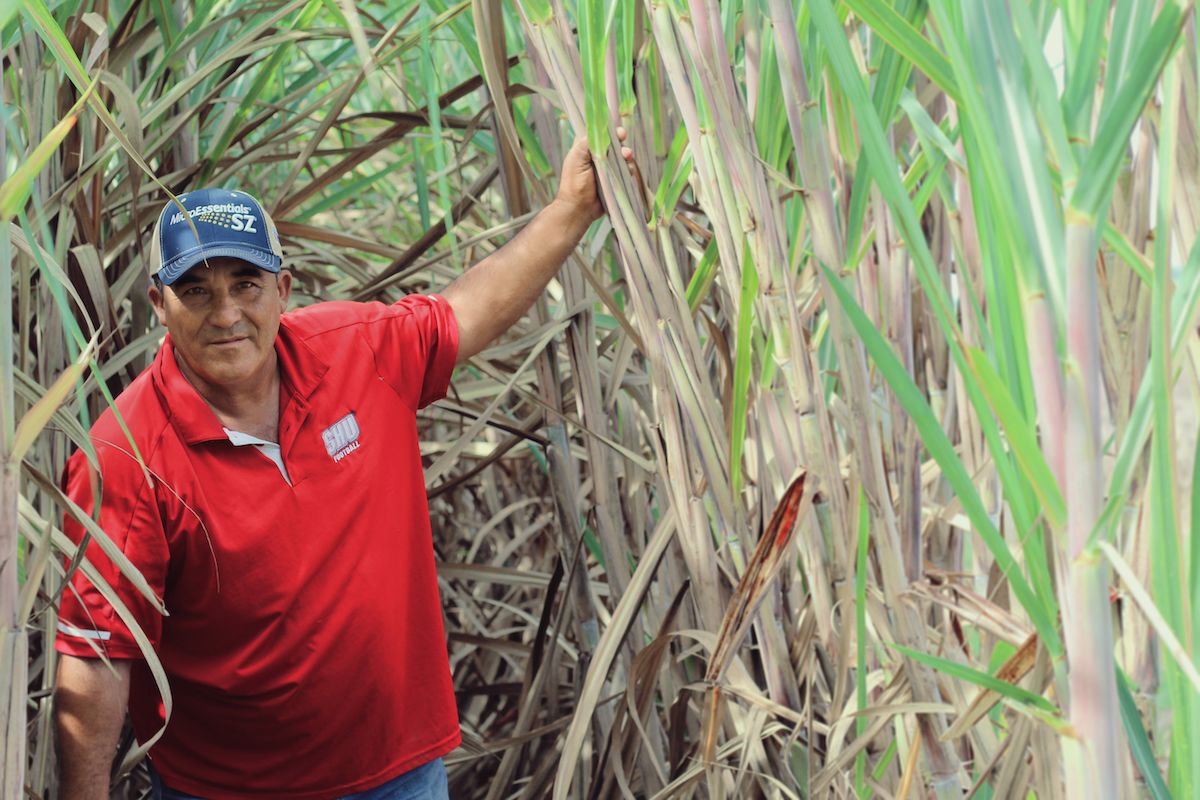
MEET SMALL-SCALE SUGARCANE FARMERS
SUGARCANE FARMERS FINDING NEW AVENUES FOR INCOME IN INDIA
Swati Sanjay Pavale (left) is a small-scale sugarcane farmer in India. Her family is reliant on income from sugarcane, but they're diversifying into other products to provide a stable livelihood.
MEET GUMERCINDO: A SUGARCANE SMALLHOLDER TAKES ON A BIG CHALLENGE
Gumercindo Vásquez, a sugarcane smallholder in Veracruz, Mexico, had seen his farm’s productivity decline due to climate change. Now, he has updated his farming practices with a focus on sustainability.

Join the discussion
Looking for further insights and ideas or just want to share with others? Join the Small Farmer Atlas LinkedIn Group.
Download the PDF
The full Small Farmer Atlas goes into detail on that current state of sustainability from farmers' perspective.
Explore the data
This website represents a small portion of the data collected. Sign up to access the Data Portal and learn more.
